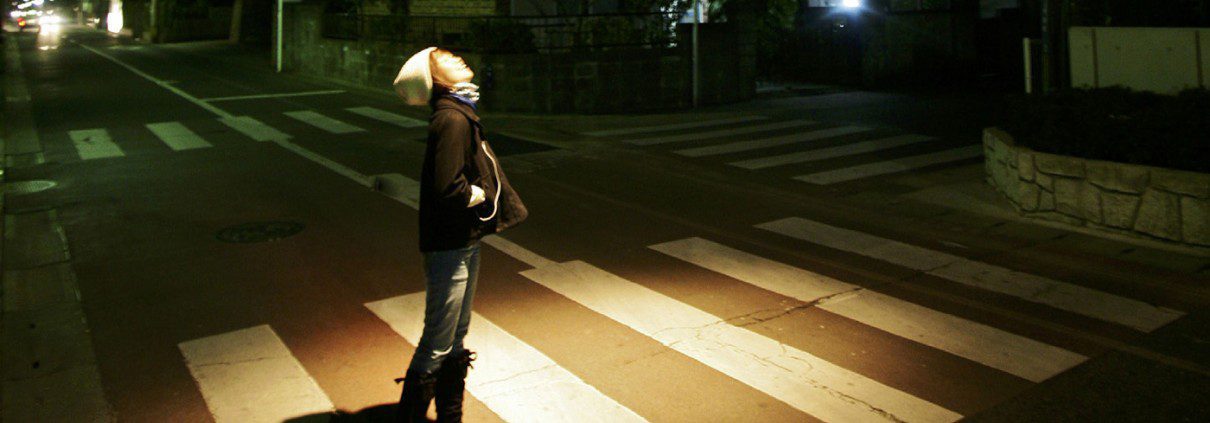ODJ: a stone’s throw
August 10, 2014
READ: John 8:1-11
Let the one who has never sinned throw the first stone! (v.7).
The teachers of the law stormed into the temple and interrupted Jesus’ teaching by thrusting a woman in front of the crowd. They said to Him, “This woman was caught in the act of adultery. The law of Moses says to stone her. What do you say?” (John 8:4-5).
Jesus knew that if He sided with the law, they would say He was unloving; and if He went with love, they would say He denied the law. Ironically, these lawyers had lost touch with love, for they treated the woman as nothing more than a prop. If they cared so much about the sin of adultery, where was the man who was also guilty?
A double irony was that the prosecutors faced the same dilemma they presented to Jesus. How would they respond if the question was thrown back at them? “They kept demanding an answer, so he stood up again and said, ‘All right, but let the one who has never sinned throw the first stone!’ ” (v.7).
Jesus affirmed the law—go ahead and stone her—while simultaneously enveloping the woman with love and exposing their hypocrisy—whoever has no sin should throw first. The beaten accusers slinked away “until only Jesus was left . . . with the woman” (v.9). Jesus saw the woman as a person, not some prop in a battle with the religious leaders. When she acknowledged that no one was left to condemn her, Jesus replied, “Neither do I. Go and sin no more” (v.11).
The perfect Son of God was the only One who had the right to throw a stone, but He chose to let the boulder of God’s justice fall on Him. He was “crushed for our sins” (Isaiah 53:5) so that we might go and sin no more. —Mike Wittmer
365-day plan› John 10:1-18
Read Deuteronomy 10:1-22 to learn how the law reveals God’s love for us.
How might Jesus’ forgiveness have discouraged the woman from continuing in sin? How does “Neither do I [condemn you]” lead to “Go and sin no more”?









